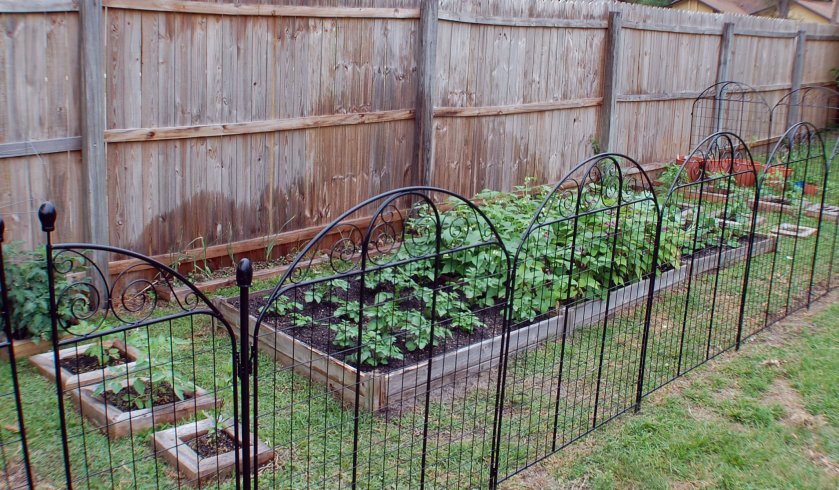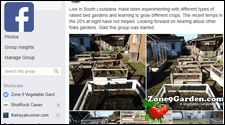Acidity and alkalinity
Gardeners worry a lot about the acidity and alkalinity of their soil, measured using a pH scale of hydrogen-ion activity, running from 0-14. A neutral soil is 7, while anything lower is acid and higher is alkaline. Most plants like to grow in soils with a pH of 6.5-7 but some are more tolerant of alkaline soils, while others,, including rhododendrons, pieris, fothergilla, and blueberries are lime-haters and thrive best when the pH is around 5.5.
When soils start to veer away from neutral in either direction, certain minerals needed for plant growth are likely to be in short supply. Soils over limestone are alkaline and contain plenty of calcium, though they may lack manganese, boron, or phosphorus. Acid soils often contain too much manganese and aluminum. Neutral soils offer the best environment for bacteria, meaning decomposition is speeded up and more nutrients are available for plants.
Altering the pH of an alkaline soil
On the whole, it is best to work with the environment of your garden and plant according to the type and pH of the soil. For some reason, alkaline soils are often perceived as something of a problem, yet there are plenty of plants more than happy to grow on alkaline soils, which, if they are well-drained, open up plenty of opportunities because you can choose plants that don’t thrive with wet roots. Thin soil over an alkaline soil is ideal for a wildflower meadow. Perversely, though, owners of alkaline plots often gaze wistfully at acid-loving plants, especially camellias and rhododendrons. The best way of satisfying this urge is to grow these plants in containers of ericaceous (acid) compost. Camellias and rhododendrons are of woodland origin, so stand the containers where they will not be cooked by harsh sunlight. You can create a small, raised bed of acid soil by buying in a neutral or acid topsoil and enriching and further acidifying it by the addition of well-rotted garden compost, leaf mold, or pine needle mold. It is possible to lower pH and raise acidity slightly by adding sulfur to soil, but I have never resorted to this.
Like the rest of its family, this Rhododendron Cilipinense Group (7¡ª9) prefers time-free conditions, so growing it in a pot is an option if you have alkaline soil.
Loam soils
Midway between sand and clay, loam is our ideal soil as it combines the workability of sands with the moisture-holding and nutritious value of clay. We try to make our sandy soils more loamy by adding well-rotted matter and we attempt to make our clay soils more loamy by adding sharp sand or grit to introduce larger particles with more air spaces for improved drainage.



